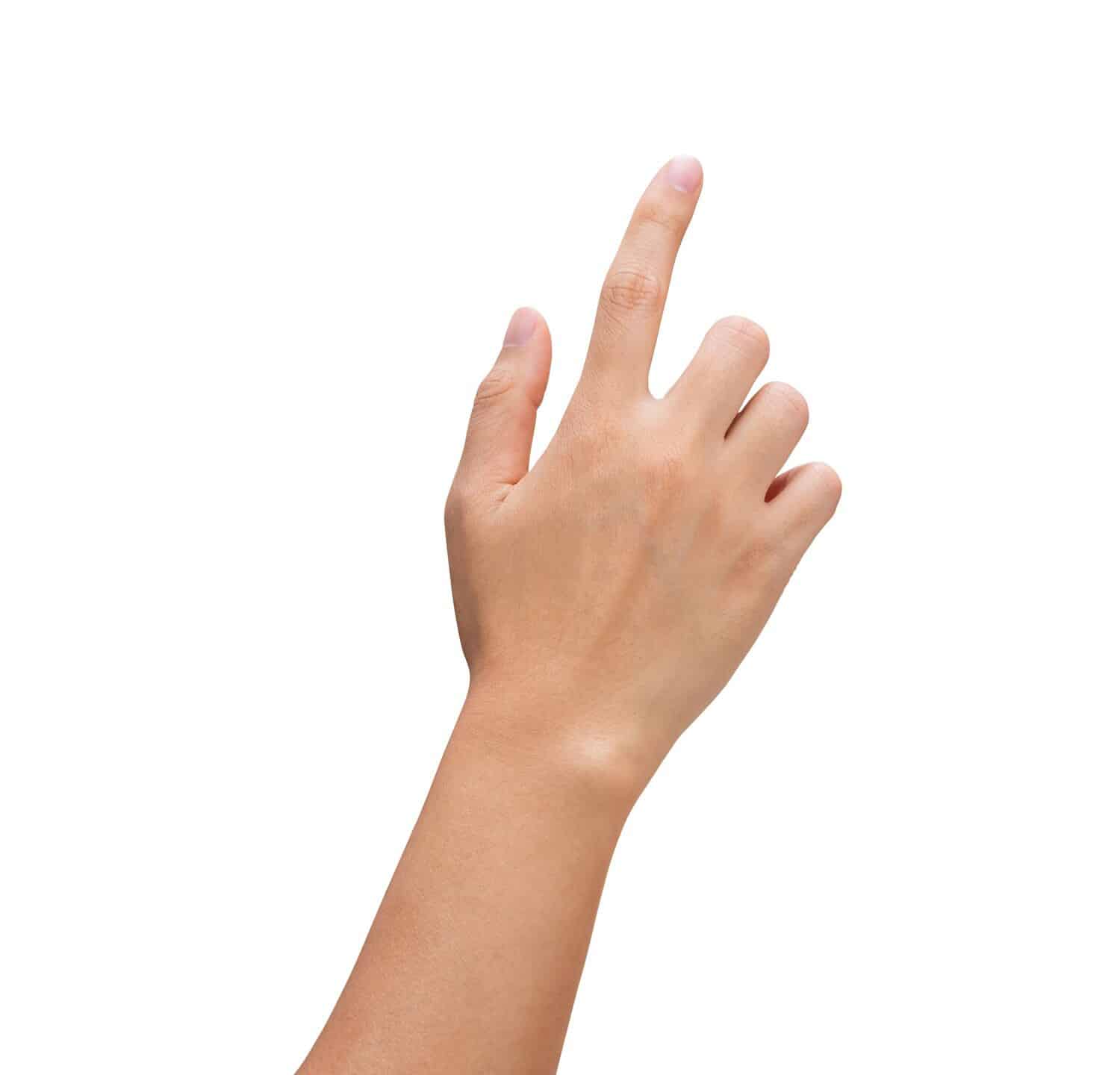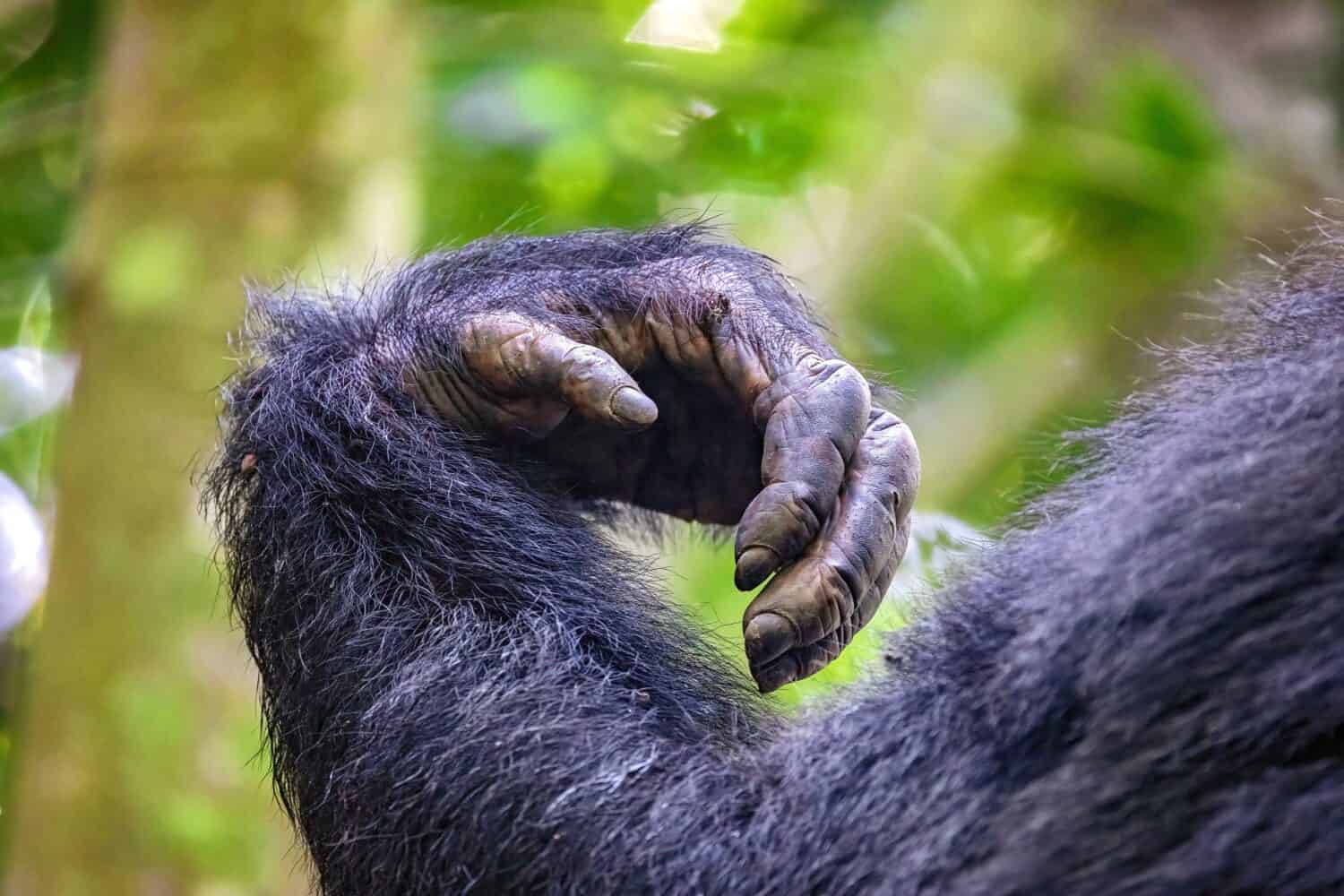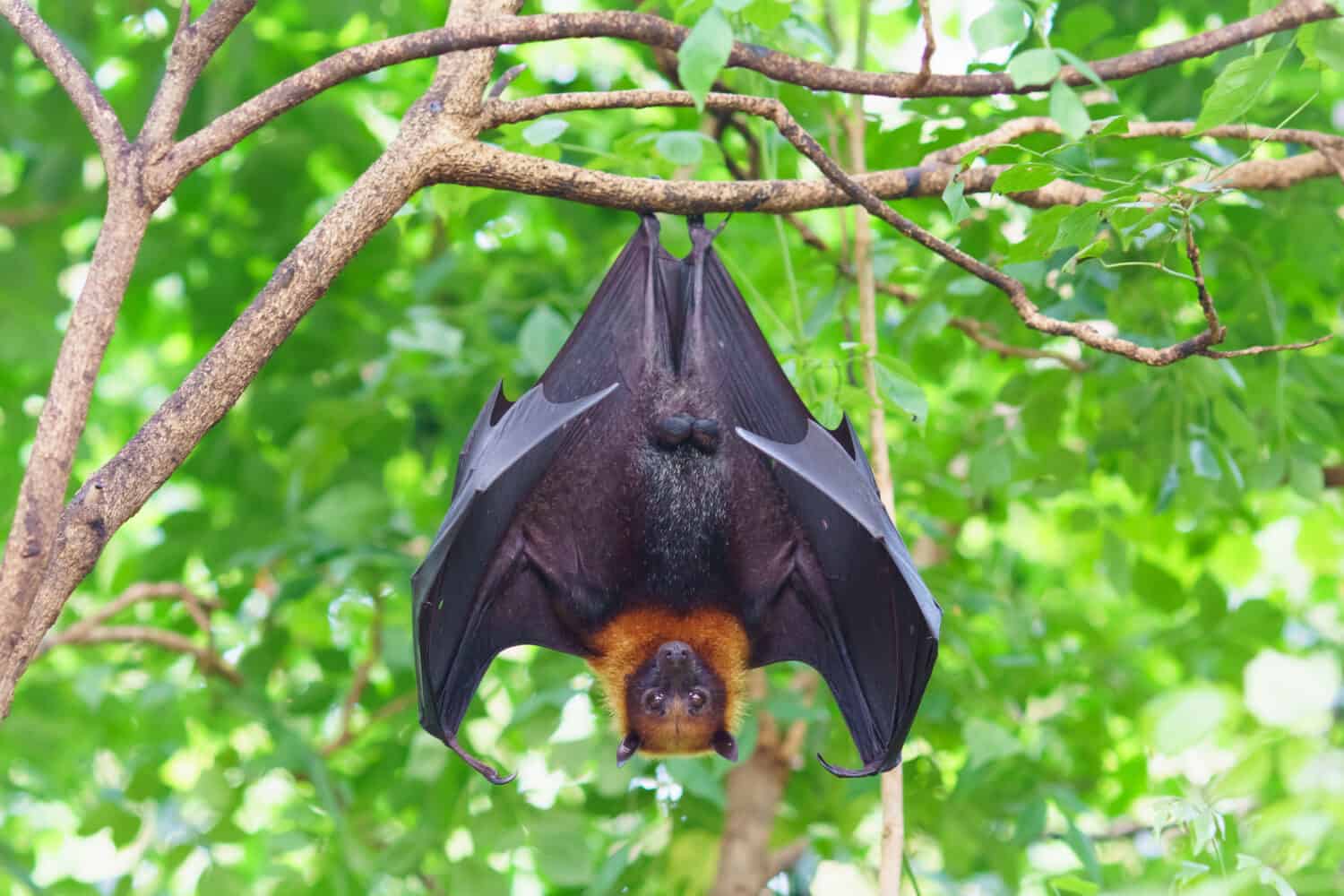Digits, as far as anatomy is concerned, are the fingers or toes on the feet or hands of vertebrates. The bones of the fingers and toes are known as phalanges and both digits and phalanges apply to more than just humans. Phalanges or digits could be about birds, amphibians, a large variety of animals, and humans.
Human
Opposable thumbs are something that humans, primates, and some animals share. Humans have five digits (or phalanges) on each hand and five on each foot. Contrary to popular belief, the thumb is the first on a human hand, rather than the index finger.

Digits refer to fingers and toes on the hands and feet of invertebrates.
©RatcStock/Shutterstock.com
Since most people tend to count, starting with their index finger, it’s a common misconception that the index finger is the first finger. The five on a human hand, starting with the thumb, are the thumb, index, middle, ring, and pinky.
The thumb, although the most mobile and effective one on a human or primate’s hand, is a finger, digit, or phalange, just like any of the other fingers. Human toes generally follow the same concepts. Even the big toe is generally more mobile than all of the other toes/digits, just like the thumb.
Primate
Primates are often thought of when it comes to digits simply because a primate’s hand is very similar to a human being’s hand. Primate digits include an opposable thumb as well. Primate digits even have fingerprints, just like humans.
Comparatively, the human thumb is longer than any primate but primates primarily use their thumbs for grasping branches and climbing, rather than for more dextrous and intricate uses. Like humans, almost all primates have five fingers on each hand.

Primates have opposable thumbs and fingerprints — just like human digits.
©Jane Rix/Shutterstock.com
The biggest difference between primates and humans is the feet. Primates have feet that are far more flexible than humans, at least through the arch of the foot and the digits. Primate feet are flexible for grasping tree branches, climbing, and hanging on.
Other Animals
There are a surprising number of animals out there that have them as well, including some unexpected animals, at least in most circles. For instance, whales have digits, as do chipmunks, squirrels, porcupines, aye-ayes, rats, and more. The list goes on and on.
When it comes to five on each hand, the number of animals on the list shrinks substantially. Whales have five, as do bats and most primates. Of course, the most important distinction to make concerns “functioning” digits.

Bats use their digits to hang from branches, among other things.
©jekjob/Shutterstock.com
For instance, while a whale has digits, they are useless in terms of grasping or doing anything more than guiding the whale through the water.
Culture
Humanity, over the eons, developed a massive and fascinating communication system with the use of fingers. Whether it’s sign language or simple gestures—gestures of affirmation, negation, and gestures that insult.
Counting out loud or even teaching (going through a series of points or the use of our them to represent numbers) is a tried and true method of communication. It’s not likely to change any time soon. Our digits are useful for more than just grasping and manipulating objects in the physical world.
It’s only a matter of time before we develop more interesting ways to communicate via the digits.
Pronunciation
Digit is pronounced – dij – it




